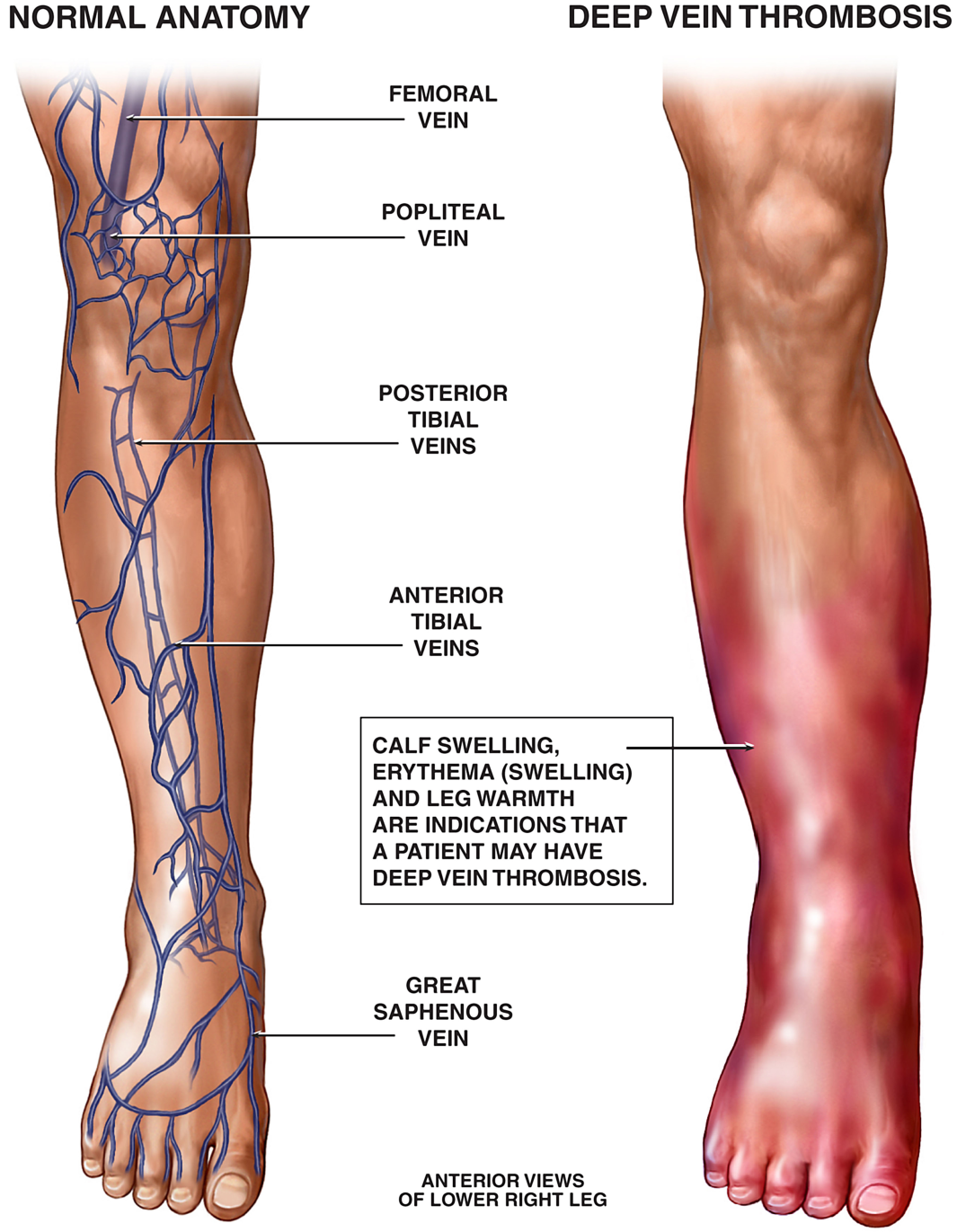A nurse is reinforcing teaching with a newly hired nurse about cultural sensitivity during death and dying.
Which of the following information should the nurse include?
Devout practitioners of Buddhism prefer a ritual bath prior to burial.
Devout practitioners of Islam prefer to have their heads turned toward Mecca at death.
Devout practitioners of Judaism prefer to be buried 5 days after death.
Devout practitioners of Hinduism prefer to be buried after death and not cremated.
The Correct Answer is B
The correct answer is choice B. Devout practitioners of Islam prefer to have their heads turned toward Mecca at death.
This is because Mecca is considered the holiest city in Islam and facing it is a sign of respect and devotion.
Choice A is wrong because devout practitioners of Buddhism prefer to be cremated rather than buried.
Cremation is seen as a way of releasing the soul from the body and preparing for rebirth.
Choice C is wrong because devout practitioners of Judaism prefer to be buried as soon as possible after death, usually within 24 hours.
This is based on the biblical commandment to bury the dead quickly and respect their dignity.
Choice D is wrong because devout practitioners of Hinduism prefer to be cremated after death and not buried.
Cremation is believed to help the soul detach from the body and achieve liberation.
Nursing Test Bank
Naxlex Comprehensive Predictor Exams
Related Questions
Correct Answer is D
Explanation

Correct Answer is D
Explanation
It's common practice to check blood pressure in both arms when there is a significant discrepancy in blood pressure readings between the arms. This discrepancy could be due to factors like arterial blockages or other conditions. By measuring the blood pressure in the other arm, the nurse can confirm whether the high blood pressure is consistent on both sides or if there was an issue with the initial measurement. This step helps provide a more accurate assessment of the client's blood pressure.
- The other options are not appropriate at this stage:
Deflating the cuff faster may not resolve the issue and could lead to inaccurate measurements.
Requesting a prescription for an antihypertensive medication should only be done after confirming the blood pressure is consistently elevated and under the direction of a healthcare provider.
Using a narrower cuff is not indicated in this situation. It's more important to assess the other arm's blood pressure to identify any discrepancies.
Whether you are a student looking to ace your exams or a practicing nurse seeking to enhance your expertise , our nursing education contents will empower you with the confidence and competence to make a difference in the lives of patients and become a respected leader in the healthcare field.
Visit Naxlex, invest in your future and unlock endless possibilities with our unparalleled nursing education contents today
Report Wrong Answer on the Current Question
Do you disagree with the answer? If yes, what is your expected answer? Explain.
Kindly be descriptive with the issue you are facing.
